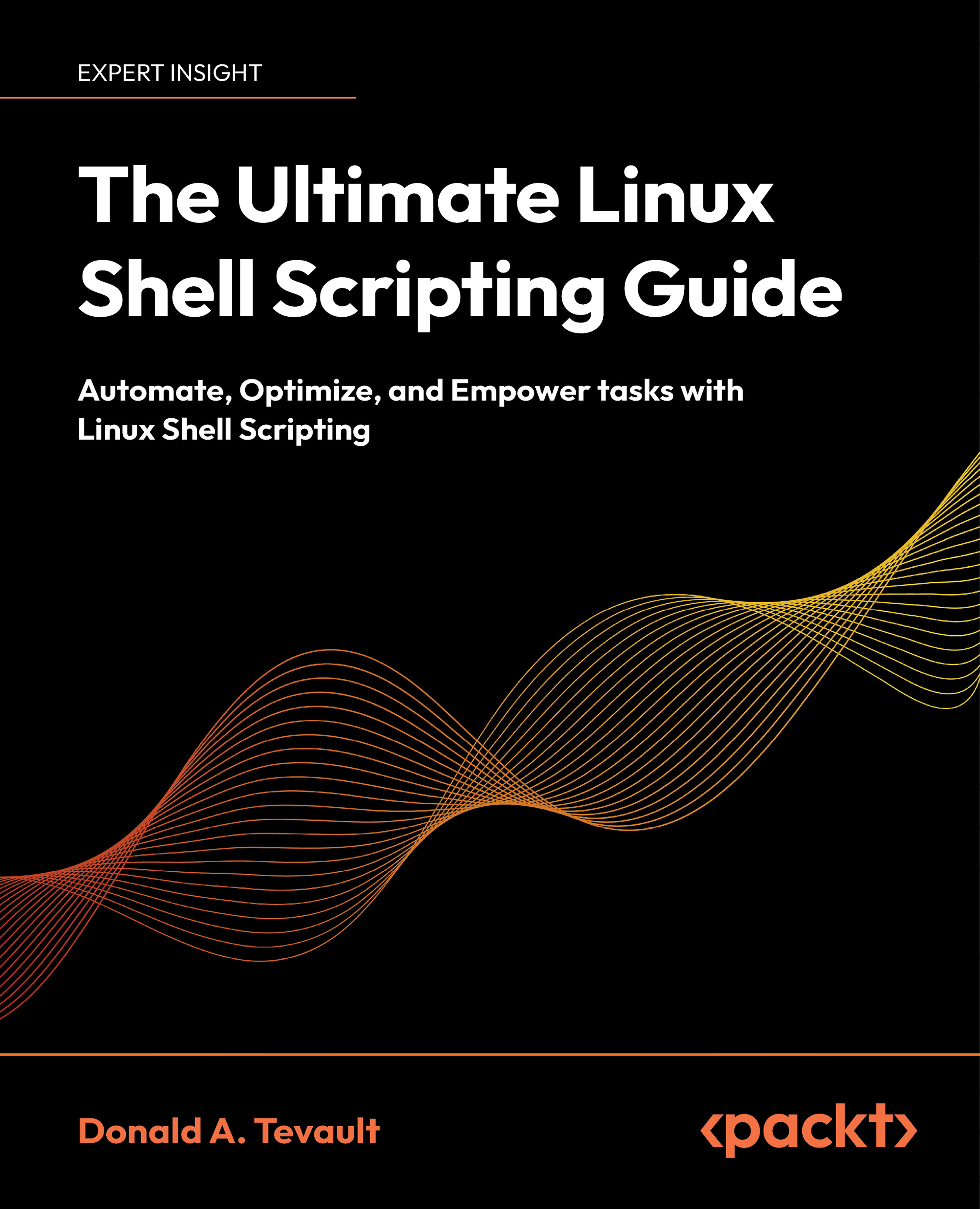Ncrack is a network authentication cracking tool designed to identify systems with weak credentials. It is highly flexible and supports popular network protocols, such as FTP, SSH, Telnet, HTTP(S), POP3(S), SMB, RDP, VNC, SIP, Redis, PostgreSQL, and MySQL.
In this recipe, you will learn how to install Ncrack to find systems with weak passwords.
Getting ready
Grab the latest stable version of Ncrack from https://nmap.org/ncrack/. At the moment, the latest version is 0.7:
$wget https://nmap.org/ncrack/dist/ncrack-0.7.tar.gz
Decompress the file and enter the new directory:
$ tar -zxf ncrack-0.7.tar.gz
$ cd ncrack-0.7
Configure and build Ncrack with the following command:
$./configure && make
Finally, install it in your system:
#make install
Now you should be able to use Ncrack anywhere in your system.
How to do it...
To start a basic dictionary attack against an SSH server, use the following command:
$ncrack ssh://<target>:<port>
Ncrack will use the default settings to attack the SSH server running on the specified IP address and port. This might take some time depending on the network conditions:
Discovered credentials for ssh on 192.168.1.2 22/tcp:
192.168.1.2 22/tcp ssh: guest 12345
Ncrack done: 1 service scanned in 56 seconds. Ncrack finished.
In this case, we have successfully found the credentials of the account guest. Someone should have known that 12345 is not a good password.
How it works...
Ncrack takes as arguments the hostname or IP address of the target and a service to attack. Targets and services can be defined as follows:
<[service-name]>://<target>:<[port-number]>
The simplest command requires a target and the service specification. Another way of running the scan shown earlier is as follows:
$ncrack 192.168.1.2:22
Starting Ncrack 0.7 ( http://ncrack.org ) at 2020-10-08 22:10 EST Discovered credentials for ssh on 192.168.1.2 22/tcp:
192.168.1.2 22/tcp ssh: guest 12345 192.168.1.2 22/tcp ssh: admin money$
Ncrack done: 1 service scanned in 156.03 seconds. Ncrack finished.
In this case, Ncrack automatically detected the SSH service based on the port number given in the target and performed a password auditing attack using the default dictionaries shipped with Ncrack. Luckily, this time we found two accounts with weak passwords.
There's more...
As we have seen, Ncrack provides a few different ways of specifying targets, but it takes it to the next level with some interesting features, such as the ability to pause and resume attacks. We will briefly explore some of its options, but I highly recommend you read the official documentation at https://nmap.org/ncrack/man.html for the full list of options.
Configuring authentication options
Ncrack would not be a good network login cracker without options to tune the authentication process. Ncrack users may use their own username and password lists with the -U and -P options correspondingly if the included lists (inside the /lists directory) are not adequate:
$ ncrack -U <user list file> -P <password list file> <[service- name]>://<target>:<[port-number]>
Otherwise, we might have a specific username or password we would like to test with the --user and --pass options:
$ ncrack --user <username> <[service-name]>://<target>:<[port-number]>
$ ncrack --pass <password> <[service-name]>://<target>:<[port-number]>
Pausing and resuming attacks
Ncrack supports resuming incomplete scans with the --resume option. If you had to stop a cracking session, just resume it by passing the filename of the previous session:
$ncrack --resume cracking-session <[service-name]>://<target>:<[port-number]>
If you would like to set the filename of the session to resume it later in case you need to, use the --save option:
$ncrack --save cracking-session <[service-name]>://<target>:<[port-number]>
 United States
United States
 Great Britain
Great Britain
 India
India
 Germany
Germany
 France
France
 Canada
Canada
 Russia
Russia
 Spain
Spain
 Brazil
Brazil
 Australia
Australia
 Singapore
Singapore
 Hungary
Hungary
 Ukraine
Ukraine
 Luxembourg
Luxembourg
 Estonia
Estonia
 Lithuania
Lithuania
 South Korea
South Korea
 Turkey
Turkey
 Switzerland
Switzerland
 Colombia
Colombia
 Taiwan
Taiwan
 Chile
Chile
 Norway
Norway
 Ecuador
Ecuador
 Indonesia
Indonesia
 New Zealand
New Zealand
 Cyprus
Cyprus
 Denmark
Denmark
 Finland
Finland
 Poland
Poland
 Malta
Malta
 Czechia
Czechia
 Austria
Austria
 Sweden
Sweden
 Italy
Italy
 Egypt
Egypt
 Belgium
Belgium
 Portugal
Portugal
 Slovenia
Slovenia
 Ireland
Ireland
 Romania
Romania
 Greece
Greece
 Argentina
Argentina
 Netherlands
Netherlands
 Bulgaria
Bulgaria
 Latvia
Latvia
 South Africa
South Africa
 Malaysia
Malaysia
 Japan
Japan
 Slovakia
Slovakia
 Philippines
Philippines
 Mexico
Mexico
 Thailand
Thailand
















